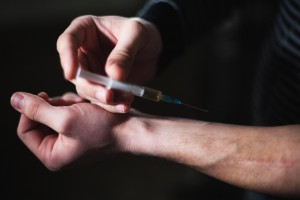The rate at which teenagers have been abusing drugs is alarming. Once an adolescent drug case arises, proper treatment should be sought. Before a medic recommends measures to be followed for the right adolescent drug treatment plan, a blood or urine test is carried out. The aim is to obtain a diagnosis on the severity of drug usage.
Using the results from these tests, a decision is made on the treatment program. For mild cases, some medication may be prescribed. Severe drug abuse cases call for a systematic approach to rid the body of all traces of the drug. The patient must undergo a treatment cycle which involves total removal of traces of the drug and dealing with life after leaving rehab.
Among the different types of treatment and drugs that doctors recommend for adolescent drug treatment include:
- Detoxification: This involves cleaning out the drugs from a teenager’s body system. Upon entering rehab, detoxification is the first procedure. A patient may feel uncomfortable or sick as the body works to flush out drugs.
- Rehabilitation: Rehab is usually recommended as an adolescent drug treatment for those teenagers who are unable to quit on their own. After a patient goes through detoxification, professionals at the rehabilitation center teach the teen ways of surviving without drugs. Therapy is part of the rehab process. Rehab is used where the addiction is so severe such that the patient cannot stop using drugs even while knowing their harmful effects.
- Therapy: Types of therapy a patient is exposed to include group therapy, behavior modification, cognitive therapy, AA meetings and psychotherapy. During these meetings, teens share experiences with others. By sharing their experiences, they are able to understand how drugs affect them. Behavior modification, on the other hand, makes adolescents aware of the different types of behavior. It recommends a change of behavior so as not to avoid drug dependence.
- Medication: As a key adolescent drug treatment plan, the use of medication is intended to stop further abuse of drugs. Examples of medication in use include Naltrexone, for opiate and alcohol abuse; methadone for patients addicted to heroin and Wellbutrin, meant to help adolescents quit smoking or stop abusing marijuana.
- Counseling: This is where professionally trained people speak to affected teens about their drug abuse life. They help patients understand their behavior patterns, why they had to use drugs and assist them re-discover themselves. Counseling can be used during group therapy sessions. Adolescents are spoken to in groups or as individuals depending on the progress made during treatment. A counselor encourages a patient to share his or her experiences. The goal is to have the patient vent out any anger and frustration.







